Date and place
- April 22 (or 21), 1796, near the town of Mondovì, Piedmont (now in the province of Cuneo, Italy).
Involved forces
- French army (over 20,000 men) under the command of General Napoleon Bonaparte.
- Kingdom of Sardinia troops (10,000 to 12,000 men), under the command of general Michelangelo Alessandro Colli-Marchi.
Casualties and losses
- French army: around 600 dead or wounded.
- Kingdom of Sardinia troops: around 1,800 men, including 1,300 prisoners, 8 cannons, 21 flags.
Aerial panorama of Mondovi battlefield
The battle of Mondovì marked the end of the very first phase of the Italian campaign, which ended with the Cherasco armistice. By signing this agreement, the Kingdom of Sardinia recognized its defeat and withdrew from the first coalition, leaving its former Austrian ally to face Napoleon Bonaparte alone.
Sources often differ by a day or two in the dates they give for this battle and the events surrounding it. We have preferred the chronology adopted by the famous Prussian military theorist Carl Philipp Gottlieb von Clausewitz , while noting other frequently mentioned values.
The general situation
Thanks to the victories at Montenotte, Millesimo, Cosseria and Dego, the French army had succeeded in establishing itself between the Austrian and Sardinian forces. It then turned its attention to the weaker Sardinian forces, with the aim of destroying them as quickly as possible. The aim was to do this before the Austrians had time to come to the rescue of their allies.
The Sardinians were under the command of Austrian general Michelangelo Alessandro Colli-Marchi , while the French were under that of Napoleon Bonaparte.
On April 16, 1796, Colli and his followers were dislodged from their entrenched camp at Ceva , to which they had retreated after the battle of Dego. Augereau's attack on Pedaggera to the north-northeast and the combined turning movements of Sérurier, arriving from Mombasiglio to the east, and Masséna, coming from Mombarcaro to the northeast, forced them to retreat to the Corsaglia [sometimes spelled Cursaglia, or even Corsiglia in period documents], a tributary river of the Tanaro :
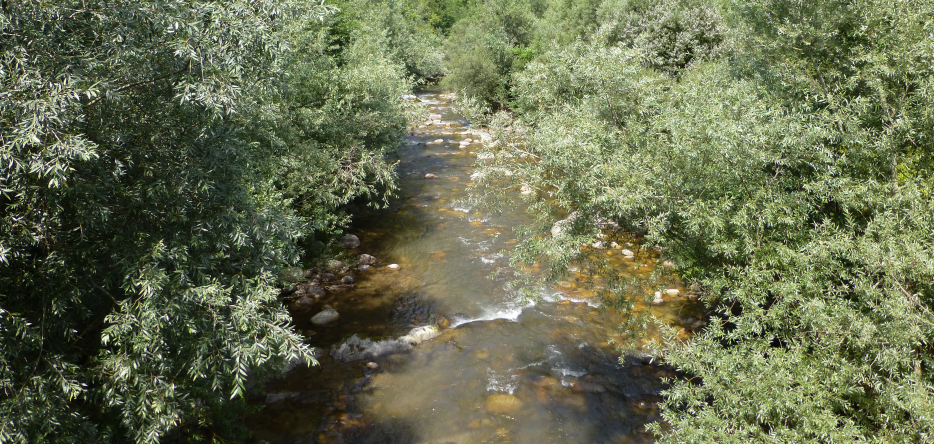
From this very solid position, the Sardinians achieved one of their few successes of the campaign on the 20th (or 19th), two days before the battle of Mondovì. Well established on the left bank of the Corsaglia , they succeeded in preventing the French troops from crossing the river in force. This was the best they could hope for with the forces at their disposal.
The operations that followed were not intended to achieve a decisive result. Colli's more modest aim was to gain time. The imminent arrival of his general-in-chief, Johann von Beaulieu, at the head of reinforcements, was promised by Baron Latour, the Austrian representative at the court in Turin [Torino].
For its part, the French army was both somewhat discouraged by its recent failure and exhausted by the constant marching. However, at a council of war held by the divisional generals in Lesegno on the eve of the battle of Mondovì, they decided that a new attack was necessary. Several days had passed since the victory at Dego, and Beaulieu's intervention could happen at any moment. The arrival of the Austrians before the Sardinian defeat would make the situation critical.
Positions
The French command has taken the following attack positions:
- Jean Mathieu Philibert Sérurier will face the Sardinian right, to the south, with the three brigades Jean Joseph Guieu, Pascal Antoine Fiorella and Elzéar Auguste Cousin de Dommartin ;
- a Jean-Baptiste Meynier division, created for the occasion with the Sextius Alexandre François Miollis and Louis Pelletier brigades, broke through the enemy center at San Michele . The Henri Christian Michel de Stengel cavalry division, which had been ordered to accelerate its march to join the army, provided support;
- André Masséna, who was unable to cross the Tanaro at Castellino [Castellino-Tanaro] the day before and had to turn back to Ceva , was now returning via Lesegno. Reinforced by the brigade of Barthélemy Joubert , he will attack the enemy left wing to the north of the battlefield;
- Charles Augereau, at Castellino , will threaten Sardinian communications to the northeast.
On April 22nd (or 21st) 1796, General Colli was still occupying the very strong position that had enabled him to checkmate the French the day before.
- The left of the Sardinian army, under the command of General Vitali, guarded Lesegno, taking cover behind the Corsaglia. Situated near the confluence of this river and the Tanaro, the Sardinian position here seemed virtually invulnerable: the bridge crossing the Tanaro nearby was destroyed, and the banks of the Corsaglia were extremely steep in these parts;
- The center was at San Michele , commanded by general Jean-Gaspard Dichat de Toisinge;
- The right was based at Madonna de Vico [Santuario di Vicoforte] , led by general Heinrich von Bellegarde ;
- The reserve occupied Bicocca [44.38771, 7.91663], a hill crowned by a redoubt (a closed fortification building with no re-entrant angles) overlooking San Michele Mondovì to the northeast:
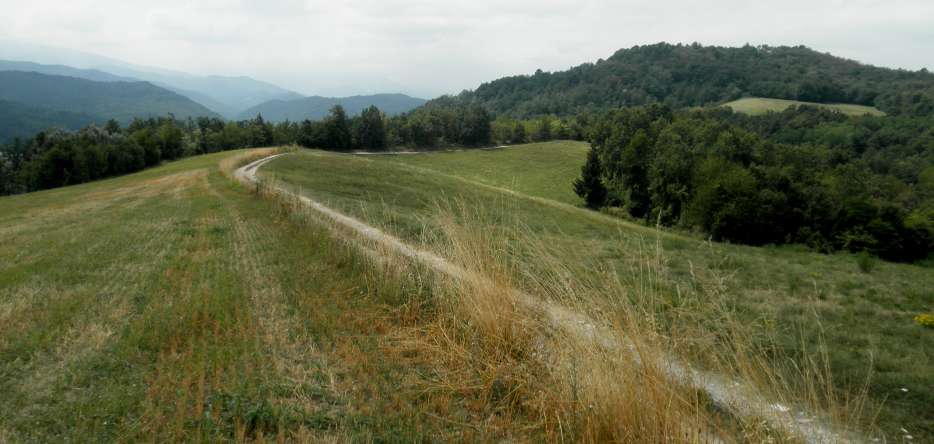
Two usable bridges remained open over the Corsaglia, at San Michele and Torre Mondovì , but these were mediocre works and heavily defended by Sardinian artillery.
Colli knew he was outnumbered. Although he was unable to assess the extent of the problem, he decided to withdraw his troops several kilometers to the west. An orderly retreat seemed more advantageous than a new engagement.
The movement began the night before the battle. The Sardinians judged that the position they were retreating to was just as strong as the previous one. It was centered on Brichetto [or Bricchetto] [44.38107, 7.84740], an elevation between Vicoforte to the east and Mondovì to the west:
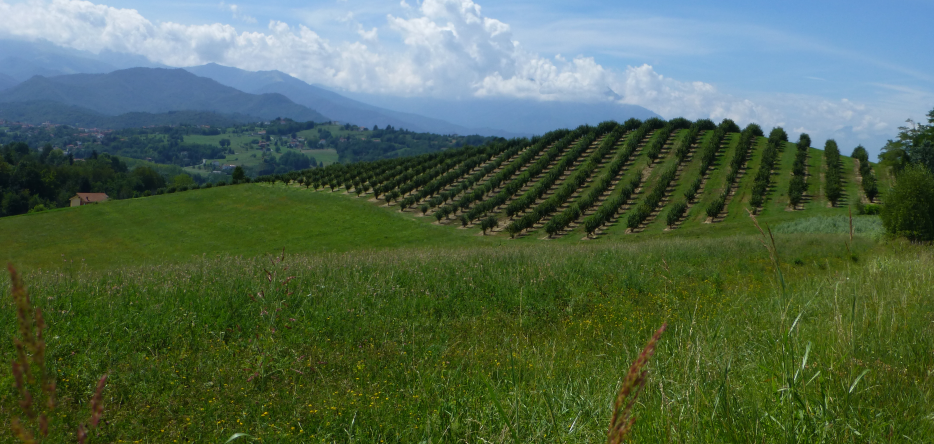
The fighting
When the French launched their attack at around 8 a.m. on the very spot that had seen their failure two days earlier, they were relieved to discover that the position had been abandoned.
Without missing a beat, Bonaparte ordered the pursuit of the enemy. The Sérurier division was the first to rush towards Vico, followed by the cavalry and artillery. Masséna stopped at San Michele to liaise between the bulk of the army and the Amédée Emmanuel François Laharpe division, which had been left behind at San Benedetto on the Belbo river to observe the Austrians.
Napoleon set up camp at the Bric della Guardia , from where he enjoyed a 360-degree view, then at the Cascina del Vescovo [also known as Cascina Monsignore] , one kilometer further south, at La Scapita [44.38165, 7.88223]. From there, in the center of the battlefield , he directed operations.
Unfortunately for his men, Colli had not ordered the retreat soon enough. The French surprised the Sardinians before they had reached their new position and made all their preparations.
In the center, Sérurier came into contact with the enemy just before Vico [Vicoforte]. Colli hurriedly countered with a few battalions, which were too quick to stop the attackers. The Sardinians were pushed back into the village without having time to establish themselves properly in the square, which was immediately attacked by the Fiorella and Dommartin brigades.
Meanwhile, three and a half kilometers to the south, the Guieu brigade crossed the Torre Mondovì bridge and attacked the Sardinian right. To the north, the Meynier division was outflanking the enemy left.
Colli retreated as best he could to Mondovì , leaving his center and Il Brichetto in Dichat's care. The latter was soon assaulted by Dommartin, while Fiorella attacked the enemy flank. But Dichat did better than defend himself, giving his men the opportunity to attempt a counter-attack with their reserves.
Sérurier, hustled, called in Fiorella at a time when Colli, on the other hand, threatened by Guieu to the south, had to turn to that side. Deprived of support and soon of their leader, shot to death, Dichat's troops finally fled. Bonaparte rushed to the Brichetto. It was around five o'clock.
With his center pierced and his wings in danger, Colli had no choice but to retreat north behind the Ellero , the small river that flows through Mondovì , leaving a few battalions in the village to protect his retreat. They were then dislodged by Bonaparte's troops, who spread from there to the suburbs of Breo and Carassone. By 6 p.m., Mondovi and the surrounding area were in French hands.
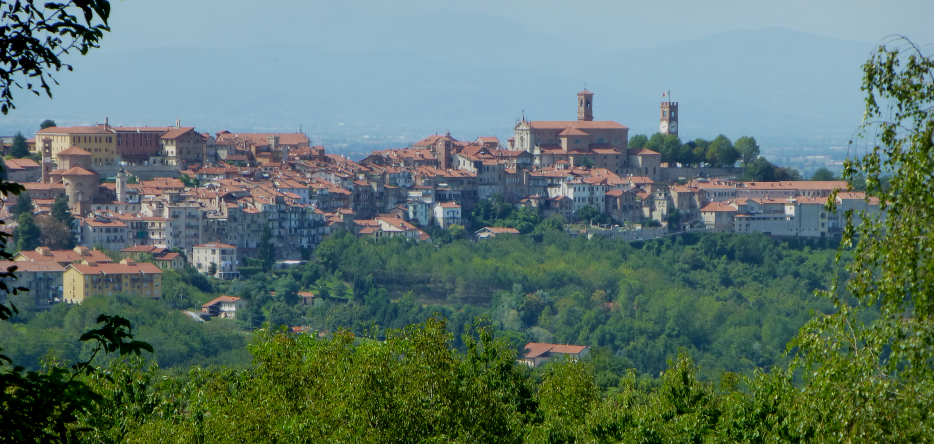
The Sardinians retreated as far as Fossano, north-northwest towards Turin [Torino]. They lost 1,000 men and eight cannons.
The only success of the day for the Sardinians was to repel a risky French cavalry charge on the left bank of the Ellero , which they had forded. General Stengel was mortally wounded (he died the following April 28 in Carassone ), while many of his soldiers lost their lives. The rest rushed back across the river to the right bank.
Consequences
The separation of the two sections of the Austro-Sardinian armies, which Bonaparte had begun a few days earlier at Montenotte, Millesimo, Cosseria and Dego, was now complete. On April 23, 1796, Colli proposed an armistice, which Napoleon rejected in order to consolidate his advantage. It was finally signed on the 28th at Cherasco , bringing the initial phase of the Italian Campaign to an end.
The King of Sardinia, Victor-Amédée III, lost control of four strategically important fortresses (Cuneo, Ceva, Valenza and, at his option, Tortona or Alessandria), and agreed to allow French forces free passage through his territory. Bonaparte will now have a free hand to turn against the Austrians.
Map of the battle of Mondovì.
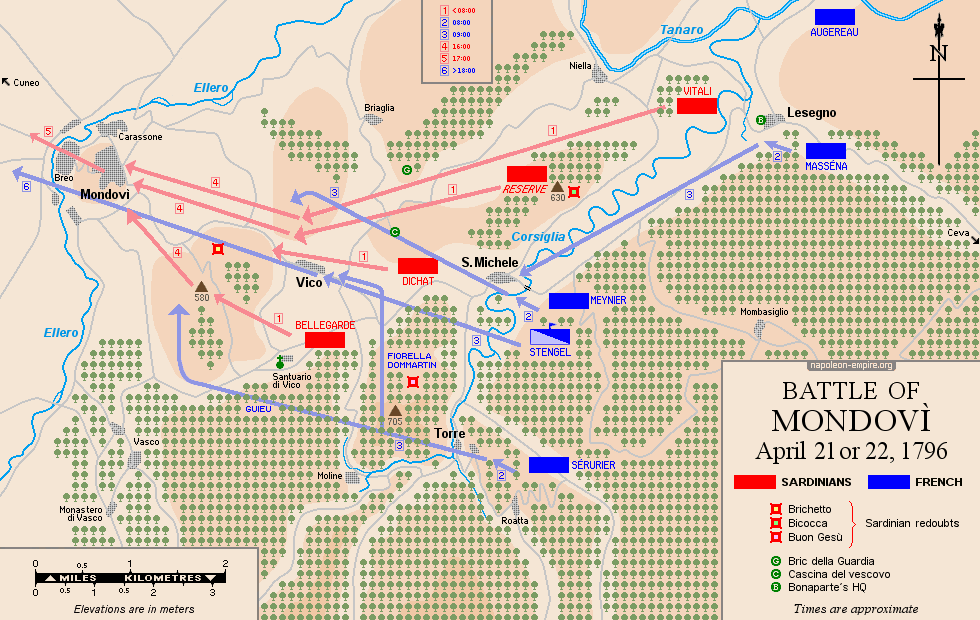
Picture - "The Battle of Mondovì, April 21st, 1796". Painted by Giuseppe Pietro Bagetti.

During the operations, Napoleon Bonaparte's headquarters were successively :
- at the castle of Lesegno [village sometimes spelled Lesogno in period sources] from April 20 to 23;
- at Carrù on April 23 and 24.
General Stengel was buried in the church of San Giovanni in Lupazzanio , in Carassone, near an altar that no longer exists.
 Display the Map of the First campaign in Italy (1796-97)
Display the Map of the First campaign in Italy (1796-97)
Photos Credits
Photos by Lionel A. Bouchon.Photos by Marie-Albe Grau.
Photos by Floriane Grau.
Photos by Michèle Grau-Ghelardi.
Photos by Didier Grau.
Photos made by people outside the Napoleon & Empire association.